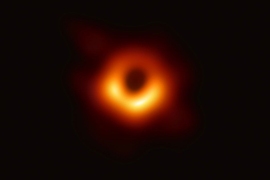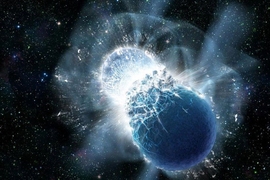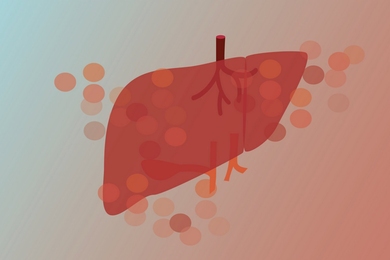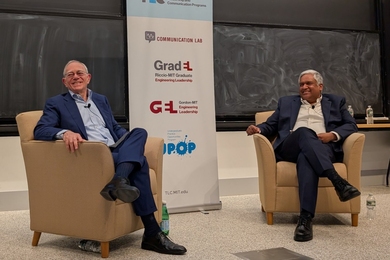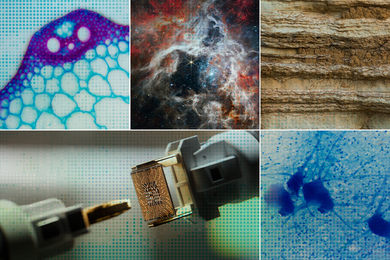Former MIT Haystack Observatory scientist John Allen Ball died Aug. 6 at age 83, of complications resulting from Alzheimer’s disease.
Ball was born in 1935 at his family’s home in Ravenna, Nebraska. He graduated from the University of Nebraska at Lincoln in 1957 with a BS in electrical engineering and served for two years as a lieutenant in the U.S. Air Force in Libya.
After returning from Libya, Ball earned a PhD in astrophysics from Harvard University, and launched his career as a radio astronomer at Harvard, first at the Harvard College Observatory in Harvard, Massachusetts, and later at Harvard’s Center for Astrophysics and its radio astronomy station in Fort Davis, Texas. Ball also taught astronomy at Worcester State College.
In 1984, Ball joined MIT Haystack Observatory in Westford, Massachusetts, where he worked as a research scientist until his retirement in 2006. At Haystack, he worked with the 37-meter-diameter radio telescope, part of a global network of very long baseline interferometry (VLBI) experiments, and was instrumental in making the Haystack 37-meter antenna available for radio astronomy. Ball was a member of the MIT group that was awarded the prestigious Rumford Medal, along with groups from Canada and the NRAO-Cornell, by the American Academy of Arts and Sciences for pioneering work in VLBI in April 1971.
Colleagues from MIT Haystack Observatory share very fond memories of Ball as a co-worker and friend. Michael Titus remembers him as an enthusiastic “Renaissance man who was always trying to find clever ways to help people solve problems or make their lives safer, better, or easier.” Director Colin Lonsdale says, “He was bright, articulate, and curious about all things, and one of his crusades was to make the case, whenever and wherever he could, for curiosity-driven science.”
Throughout his career, Ball published extensively in astrophysics. Other publications include the book "Algorithms for RPM Calculators" (1978), as well as “The Zoo Hypothesis” (1973) and “The Search for Extraterrestrial Life: Recent Developments” (1985).
Ball had a wide range of interests, including civil rights activism, photography, motorcycling (from Ducatis to BMWs, as seen in the slideshow above), sailing, poetry reading and writing, classical music appreciation, sushi making, and veganism. He organized a film series on nutrition, which was shown on the local cable station. He also served on the Town of Harvard Cable Committee and helped with videotaping town meetings.
He died peacefully at his home in Harvard, Massachusetts, surrounded by family. He is survived by his wife of 64 years, Audrey Roth Ball; daughters Fifine, Desirée, and Laurie; son Kevin (Teresa Gudger); nephew Michael Ball (Beth); grandchildren Justin Walsh, Daniel Walsh, Jessica Anderson (Duke), Audrey Lewis, Lindsey Champion (Corey), and Samantha Gudger; and great-grandchildren Brookelan Heck and Tucker Ray Champion.
A memorial service will be held on a date to be announced. In lieu of flowers, donations in his name may be sent to the Alzheimer’s Association.


